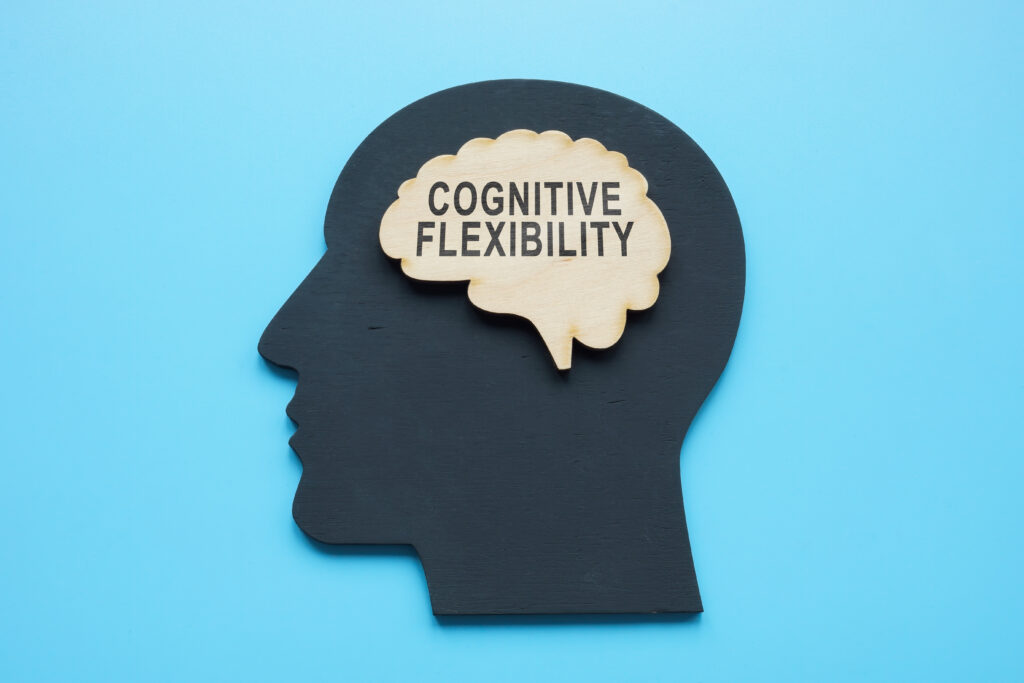Dementia is a term used to describe a decline in cognitive function, such as memory, thinking, and communication skills. It is a progressive condition that mainly affects older people, with the risk increasing as we age. According to the National Health Service (NHS), there are over 850,000 people living with dementia in the UK, and this number is expected to rise in the coming years. Dementia is not a specific disease, but rather a group of symptoms caused by different underlying conditions. In this article, we will discuss the different types of dementia as outlined by the NHS.
1. Alzheimer’s Disease:
Alzheimer’s disease is the most common type of dementia, accounting for about 60-80% of cases. It is caused by the build-up of two types of protein in the brain – amyloid plaques and tau tangles. These protein build-ups lead to the death of brain cells and eventually result in memory loss, confusion, and difficulties with language and thinking. The symptoms of Alzheimer’s disease typically develop slowly and worsen over time.
2. Vascular Dementia:
Vascular dementia is the second most common type of dementia, accounting for around 20% of cases. It is caused by reduced blood flow to the brain due to a series of small strokes or a larger stroke. The damage caused by these strokes can lead to problems with memory, thinking, and communication. The symptoms of vascular dementia can vary depending on which part of the brain is affected.
3. Dementia with Lewy Bodies (DLB):
Dementia with Lewy Bodies is caused by abnormal deposits of a protein called alpha-synuclein in the brain. These deposits make it difficult for brain cells to communicate with each other, leading to problems with movement, thinking, and behavior. People with DLB may also experience hallucinations and changes in sleep patterns.
4. Frontotemporal Dementia (FTD):
Frontotemporal Dementia is caused by the degeneration of nerve cells in the frontal and temporal lobes of the brain. This type of dementia is most commonly diagnosed in people under the age of 65 and can lead to changes in behavior, personality, and language skills. The symptoms of FTD can vary depending on which part of the brain is affected.
5. Mixed Dementia:
Mixed dementia is a combination of two or more types of dementia, most commonly Alzheimer’s and vascular dementia. It is estimated that up to 40% of people with dementia have mixed dementia. The symptoms of mixed dementia can vary depending on which types of dementia are present.
6. Other Types:
There are other less common types of dementia, such as Creutzfeldt-Jakob disease, Huntington’s disease, and Wernicke-Korsakoff syndrome. These types of dementia are caused by specific conditions and have their own unique set of symptoms.
Although the different types of dementia may have different underlying causes, they share many similar symptoms, including memory loss, confusion, and difficulty with daily tasks. It is essential to get a proper diagnosis from a doctor to determine the type of dementia and develop an appropriate treatment plan.
While there is currently no cure for dementia, there are treatments available that can help manage symptoms and improve quality of life. These treatments include medication, therapy, and lifestyle changes such as regular exercise, a healthy diet, and staying socially engaged.
In addition to medical treatments, there are also various support services available for people living with dementia and their caregivers. These services include day centers, respite care, support groups, and home care services.
In conclusion, dementia is not a natural part of aging, but rather a condition caused by various factors. Understanding the different types of dementia can help individuals and their families plan for the future and access appropriate support and care. If you or a loved one are experiencing symptoms of dementia, it is crucial to seek medical advice for a proper diagnosis and treatment plan. With the right support and care, it is possible to live well with dementia.


